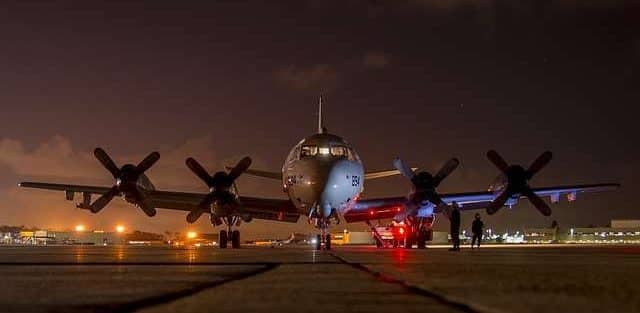Transmissometer

How a Transmissometer Works
A transmissometer works by sending a thing beam of energy through a propagation medium. Across the runway lies a narrow field of view receiver that calculates how much energy (represented as a laser beam) is arriving at the sensor. It also calculates the extinction coefficient (the absorption of light through a medium).Runway Visual Range (RVR)
Simply put, RVR is known as the distance from which an aircraft pilot on the centreline of a runway can see surface markings outlining the runway or identifying its centre line. This measurement is always expressed in either feet or meters, and it helps determine take-off and landing conditions for pilots. RVR is used in instrument approaches by an aircraft pilot when preparing to land on runways of either commercial or private airports. The maximum runway visual range is 6,000 feet. These totals are communicated by air traffic controllers to the flight crew so the aircraft captain can determine in landing is prudent and legal.Transmissometers are used to determine runway visual range. They are located on the sides of runways at both commercial and private airports, typically at either end with one at the midpoint. They’re also known as telephotometers, transmittance meters, or hazemeters.
How a Transmissometer Works
A transmissometer works by sending a thing beam of energy through a propagation medium. Across the runway lies a narrow field of view receiver that calculates how much energy (represented as a laser beam) is arriving at the sensor. It also calculates the extinction coefficient (the absorption of light through a medium).
Runway Visual Range (RVR)
Simply put, RVR is known as the distance from which an aircraft pilot on the centreline of a runway can see surface markings outlining the runway or identifying its centre line. This measurement is always expressed in either feet or meters, and it helps determine take-off and landing conditions for pilots.
RVR is used in instrument approaches by an aircraft pilot when preparing to land on runways of either commercial or private airports. The maximum runway visual range is 6,000 feet. These totals are communicated by air traffic controllers to the flight crew so the aircraft captain can determine in landing is prudent and legal.








